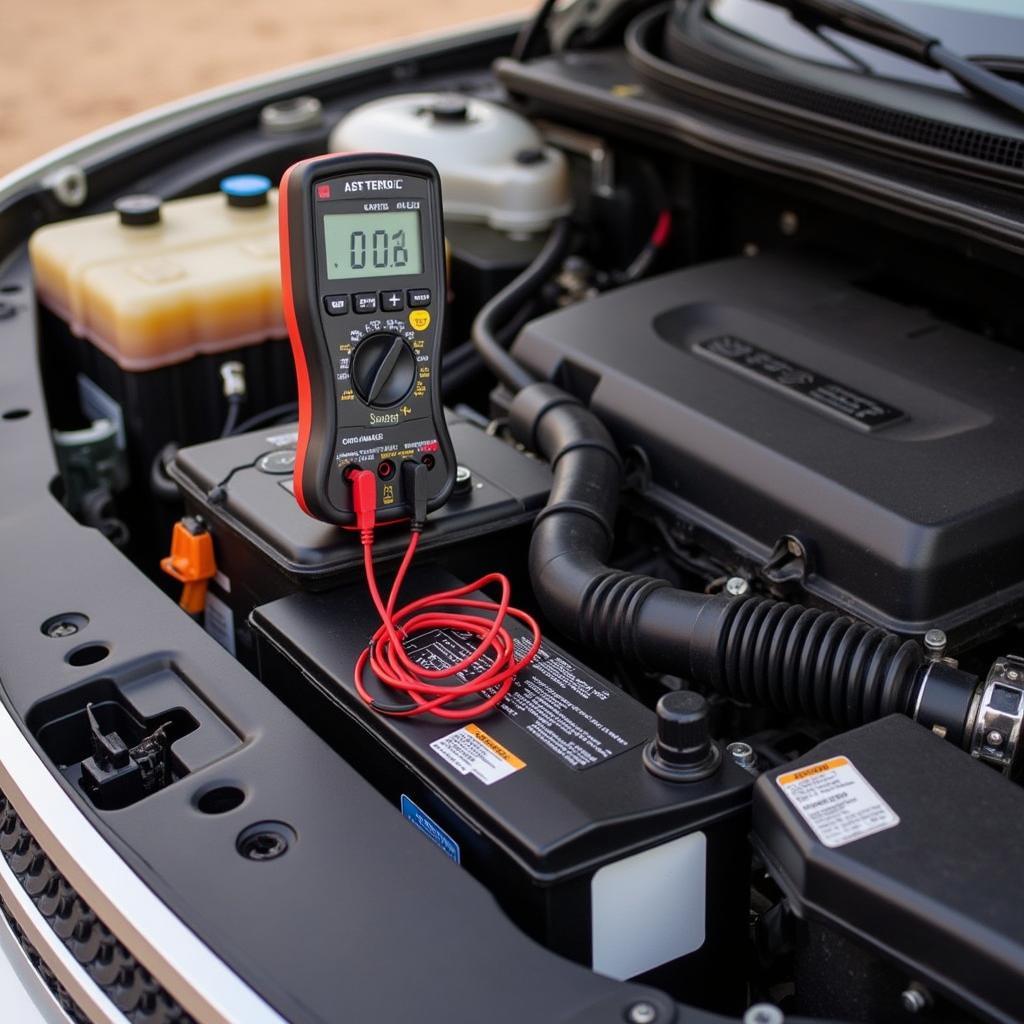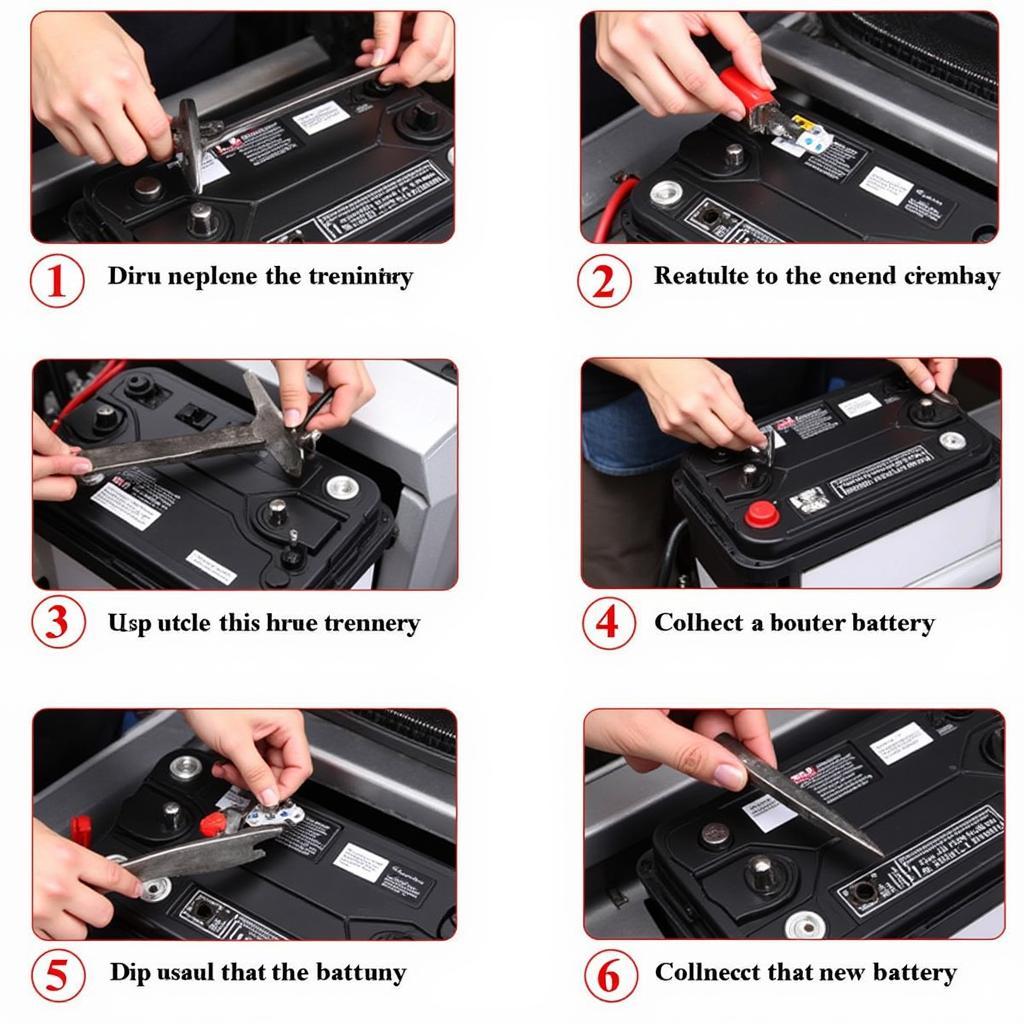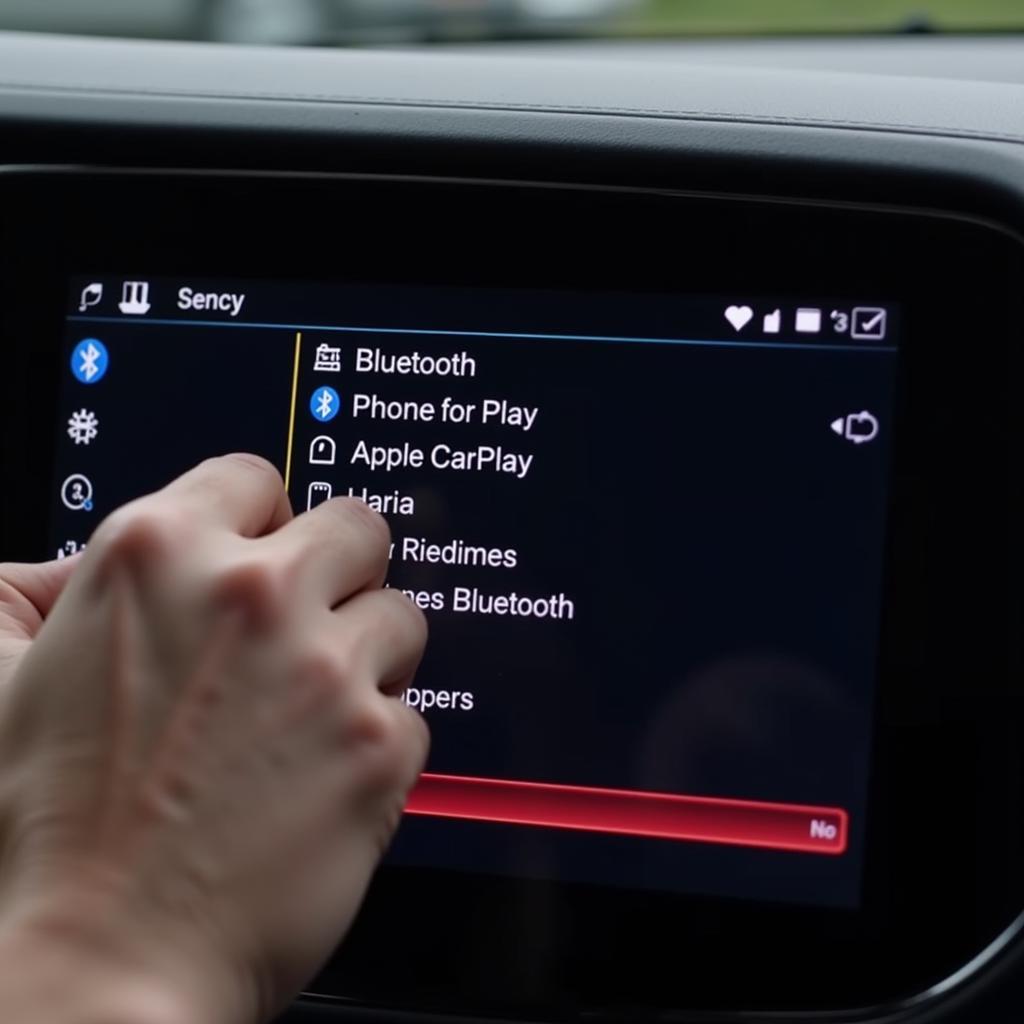A constantly flat car battery is a frustrating problem that can leave you stranded. This comprehensive guide explores the common causes of a “car battery always flat” issue and provides effective solutions, from simple DIY fixes to more complex diagnostic approaches. We’ll cover everything you need to know to get your car back on the road and prevent future battery drain. change key fob battery
Why is My Car Battery Always Going Flat?
Several factors can contribute to a chronically flat car battery. Identifying the root cause is crucial for effective troubleshooting. These factors can range from simple oversights to more complex electrical issues within your vehicle’s system. Let’s explore some of the most common culprits:
- Parasitic Drain: This occurs when an electrical component continues to draw power even after the ignition is off. Common culprits include interior lights, faulty door switches, or aftermarket accessories.
- Old Battery: Car batteries have a limited lifespan, typically 3-5 years. As a battery ages, its ability to hold a charge diminishes, leading to frequent discharges.
- Faulty Alternator: The alternator recharges the battery while the engine is running. A malfunctioning alternator won’t charge the battery properly, resulting in a flat battery.
- Extreme Temperatures: Both extreme heat and cold can negatively impact battery performance. Cold weather can slow down chemical reactions within the battery, reducing its capacity, while excessive heat can accelerate corrosion and shorten its lifespan.
- Short Drives: Short trips don’t give the alternator enough time to fully recharge the battery, especially after starting the engine, which consumes a significant amount of power.
- Human Error: Leaving lights on, forgetting to close the trunk properly, or leaving accessories plugged in can quickly drain a car battery.
 Car Battery Parasitic Drain Test
Car Battery Parasitic Drain Test
Diagnosing a Flat Car Battery
Determining the exact cause of a perpetually flat car battery requires a systematic diagnostic approach. Here’s a step-by-step guide to help you pinpoint the problem:
- Visual Inspection: Check the battery terminals for corrosion. Clean them with a wire brush and baking soda solution if necessary.
- Battery Test: Use a multimeter or a battery tester to measure the battery’s voltage. A fully charged battery should read around 12.6 volts.
- Parasitic Drain Test: With the ignition off and all accessories turned off, connect a multimeter in series with the battery’s negative terminal and cable. A reading above 50 milliamps indicates a parasitic drain.
- Alternator Test: With the engine running, the alternator’s output voltage should be around 13.5-14.5 volts. A lower reading suggests a failing alternator.
battery for key fob 2012 jeep grand cherokee
Solutions for a Constantly Flat Car Battery
Once you’ve identified the cause, you can implement the appropriate solution:
- Replace the Battery: If the battery is old or failing, replacement is the most straightforward solution.
- Repair or Replace the Alternator: A faulty alternator requires professional repair or replacement.
- Address Parasitic Drain: Identify and fix the component causing the parasitic drain. This might involve replacing a faulty switch, relay, or disconnecting an aftermarket accessory.
- Change Driving Habits: Avoid frequent short trips or ensure longer drives to allow the alternator to fully recharge the battery.
 Car Battery Replacement Process
Car Battery Replacement Process
“A simple battery test can save you a lot of time and hassle. It’s the first step in diagnosing any car battery issue,” says John Miller, a certified automotive technician with over 20 years of experience.
Preventing a Flat Car Battery
Here are some proactive measures to prevent your car battery from going flat:
- Regular Maintenance: Have your battery and charging system checked regularly by a qualified mechanic.
- Turn Off Accessories: Always double-check that all lights, radio, and other accessories are turned off before leaving your car.
- Limit Short Trips: If possible, combine short trips into longer ones to allow the alternator to fully charge the battery.
- Proper Storage: If storing your car for an extended period, disconnect the negative battery terminal.
jeep renegade key fob battery replacement
“Modern cars have complex electrical systems. Even a small drain can flatten your battery over time,” advises Sarah Johnson, an electrical engineer specializing in automotive systems.
Conclusion
Dealing with a car battery always flat can be frustrating, but with the right diagnostic approach and solutions, you can get your car back on the road quickly. Regular maintenance and proactive measures can prevent future battery problems and ensure reliable starting every time. Remember to address the underlying issue rather than just jump-starting your car repeatedly. Don’t let a flat car battery keep you grounded. jeep key fob battery
2016 toyota corolla key fob battery
FAQ
- How long does a car battery typically last? Most car batteries last between 3 and 5 years.
- What are the signs of a failing alternator? Dim headlights, flickering interior lights, and a warning light on the dashboard are common signs of a failing alternator.
- Can a bad battery damage the alternator? Yes, a failing battery can put extra strain on the alternator, potentially leading to its premature failure.
- How do I know if I have a parasitic drain? A parasitic drain test using a multimeter can identify if an electrical component is drawing power even when the car is off.
- How can I jump-start my car safely? Follow the instructions in your owner’s manual for safe jump-starting procedures.
- Is it safe to drive with a failing alternator? It’s not recommended to drive with a failing alternator, as it can eventually lead to a complete breakdown.
- How often should I have my battery checked? It’s a good idea to have your battery checked at least once a year, or more frequently if you live in an area with extreme temperatures.



